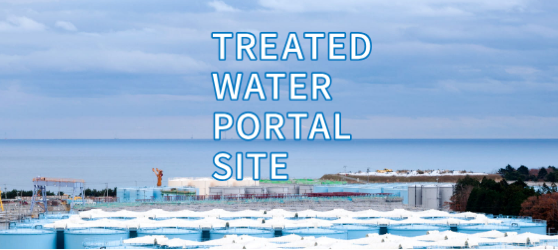Press Release
Receipt of Notification of Change to Handling Category of Nuclear Regulatory Inspections pertaining to the "Partial Loss of Function of Nuclear Material Protection Equipment at the Kashiwazaki-Kariwa Nuclear Power Station"
March 23, 2021
Tokyo Electric Power Company Holdings, Inc.
We would like to sincerely apologize for the concern amongst regional residents, and society as a whole, caused by the unauthorized use of an ID card and the partial loss of function of nuclear material protection equipment at the Kashiwazaki-Kariwa Nuclear Power Station.
The safety significance*1 of the partial loss of function of nuclear protection equipment at the aforementioned power station has been officially deemed to be "Red," and today, TEPCO received notification from the Nuclear Regulatory Agency that the Nuclear Regulation Authority has determined the handling category*2 of the event to be "Category 4."
TEPCO has received notice that additional nuclear regulatory inspections will be implemented in conjunction with the change to handling category. TEPCO has also received instructions to identify the direct and fundamental causes of this series of incidents pertaining to nuclear material protection at the aforementioned power station, and also signs of degraded safety culture and nuclear security culture (including third-party assessments), and report on corrective action plans formulated in light of this investigation by September 23 of this year.
TEPCO is taking the results of the aforementioned assessment very seriously and we shall proceed with fundamental cause analysis and the deliberation of corrective action while also fully cooperating with additional inspections.
*1: Safety Significance Assessment:
Safety significance levels are classified as Red, Yellow, White or Green depending on the degree to which safety at nuclear power facilities has degraded. Each classification is defined as follows.
Red: Large impact on safety functions or performance.
Yellow: Impact on safety functions or performance, and decrease in safety margins.
White: Impact on safety functions or performance, and decrease in safety margins, but improvements can be made with regulatory involvement.
Green: Impact on safety functions or performance, but such impact is limited or extremely small, and therefore improvements can be made by operators on their own.
*2: Handling Category
Handling categories for additional inspections are separated into Category 1, Category 2, Category 3, Category 4, and Category 5 depending on the inspection indication significance assessment and safety performance index classification. Each category is defined as follows:
Category 1: Monitored activities satisfy objectives and the operator may make improvements independently.
Category 2: Monitored activities satisfy objectives, but the operator's safety activities have slightly degraded.
Category 3: Monitored activities satisfy objectives, but the operator's safety activities have moderately degraded.
Category 4: Monitored activities satisfy objectives, but the operator's safety activities have significantly degraded, or have been in a degraded state for a long period of time.
Category 5: Plant operation cannot be allowed because monitored activities do not satisfy objectives.
















